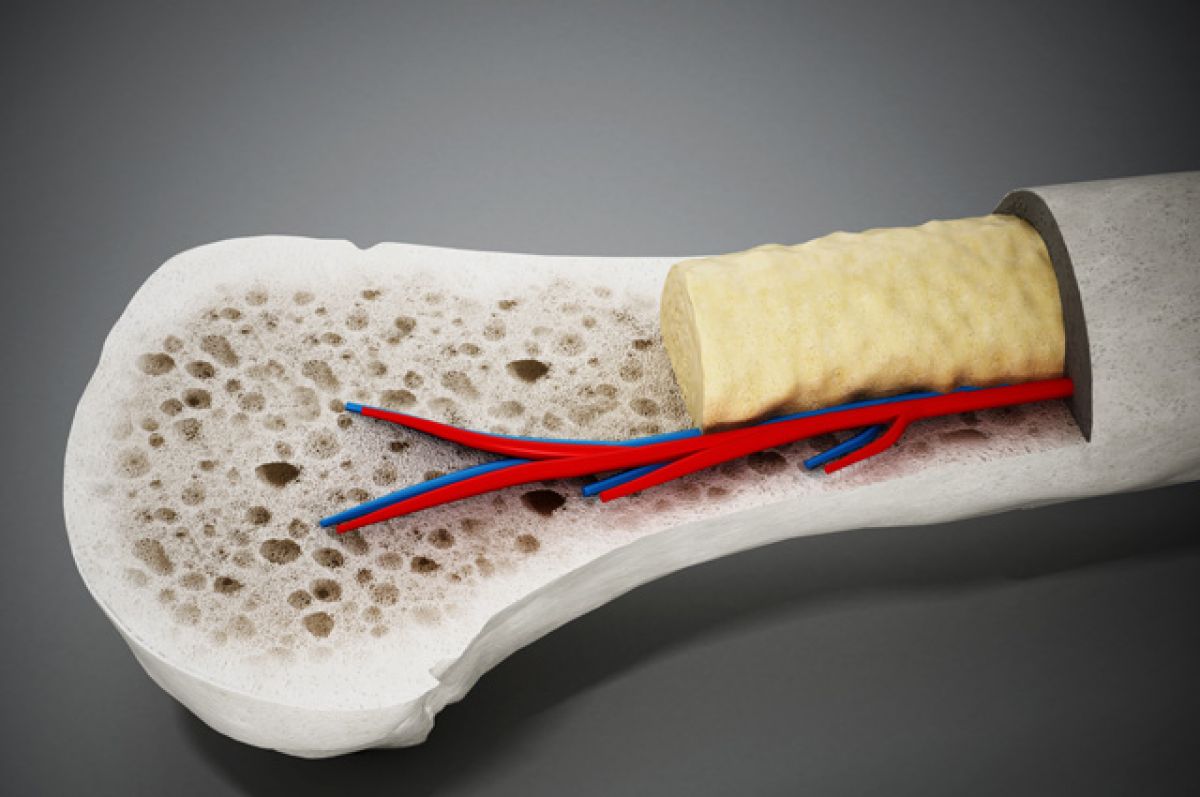Osteoporosis is a disease that causes the bones to weaken and break easily. It is a common problem for women after menopause. It happens as estrogen levels decrease, and it can cause bones to lose bone mass faster than they can make new bones. This can lead to a fracture, such as a break in the hip, wrist or spine.
Osteoporotic fractures are a major worldwide health problem and contribute to significant morbidity, reduced quality of life, and increased mortality. It is the most common skeletal disease and affects more than 40 million people over 50 years of age. These fractures are caused by a loss of bone density, which is related to the drop in estrogen during menopause.
A fracture can happen anywhere in the body, whereas the most common places are in the hip, wrist, and spine. They can be painful and limit movement. Osteoporosis can be prevented by taking care of oneself, and by getting treatment if needed.
The postmenopausal osteoporosis market is experiencing rapid growth due to the increasing prevalence of osteoporosis and the demand for effective treatments and early screening methods. As research and innovation in this field continue to progress, the market is expected to witness further advancements in therapeutics, diagnostics, and personalized approaches, contributing to improved bone health outcomes for postmenopausal women.
The most important risk factor for postmenopausal osteoporosis is low bone density. As bone cells don’t produce as many new bones, bone loss is normal while growing older. However, if bones lose is more than the body replaces them, it can lead to osteoporosis.
Postmenopausal osteoporosis can be treated with antiresorptive drugs and with bone anabolic agents. These therapies increase bone formation without affecting bone resorption, which means that they keep the bones strong and prevent them from breaking. The most widely used antiresorptive drugs are bisphosphonates, which bind avidly to mineralized bone surfaces and inhibit resorption by suppressing the activity of osteoclasts and enhancing the apoptosis of these cells.
Another treatment option is estrogen replacement therapy, which has been shown to prevent bone loss and reduce the risk of osteoporotic fractures in postmenopausal women. It is important to choose the right dose and to take medications exactly as prescribed. The most effective treatment for postmenopausal osteoporosis involves a combination of lifestyle measures and pharmacologic therapy.
Conventional anti-osteoporotic pharmacologic agents are efficient in the management and prophylaxis of osteoporotic bone diseases, however, they are associated with various side effects which have led to the search for botanicals as alternative modalities in the maintenance of bone health in perimenopausal and postmenopausal females.
Traditional folk medicine is a rich source of plant-derived compounds which have been demonstrated to be of potential therapeutic value in the prevention and treatment of postmenopausal osteoporosis.
Edirol was launched by Chugai Pharma China Co., Ltd., in July 2022, in China. Edirol has gained approval from the China National Medical Products Administration for treating postmenopausal osteoporosis patients.



